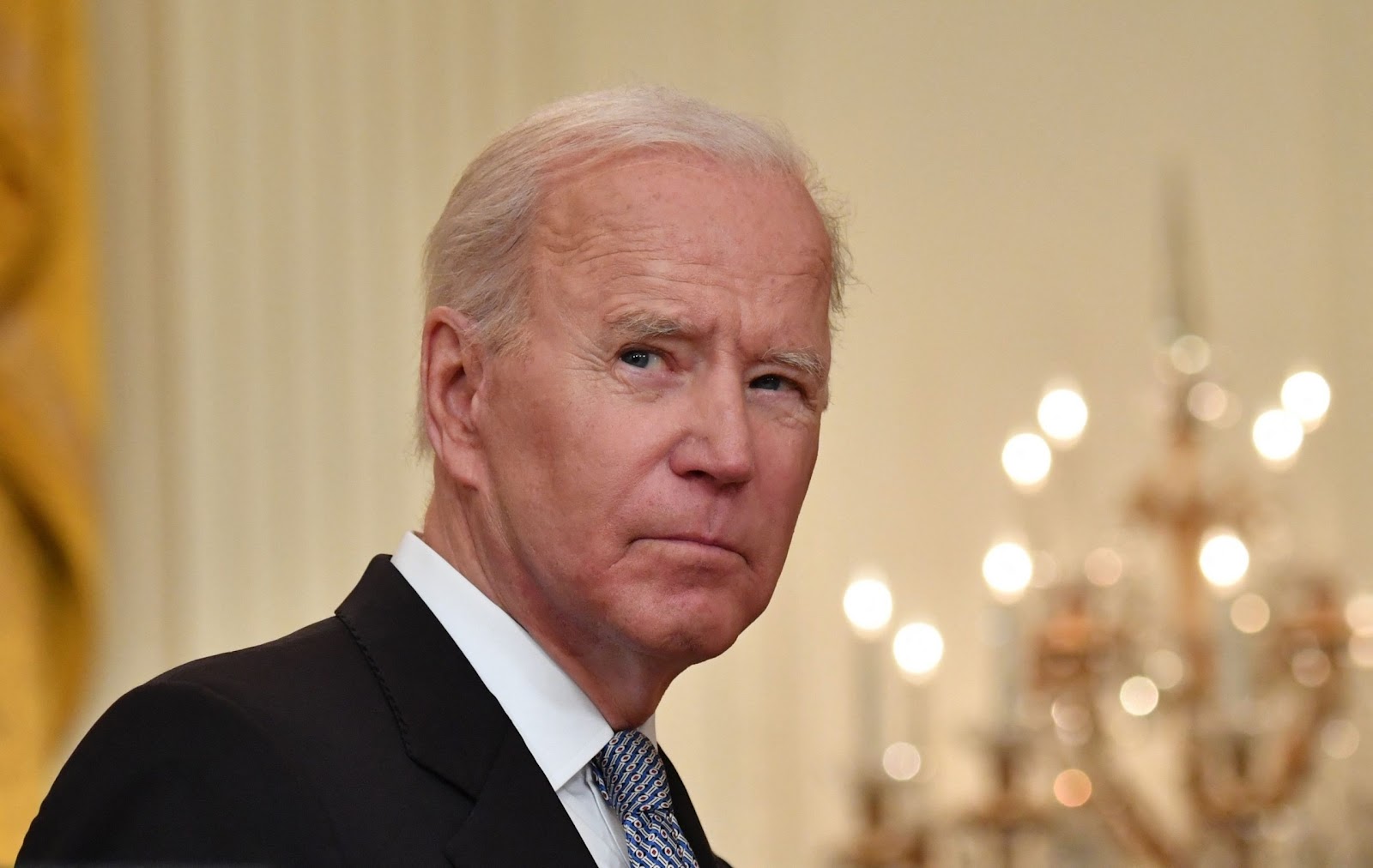BEIJING (Reuters) – China reported far weaker than expected November exports and imports, showing slower global and domestic demand and raising the possibility authorities will take more measures to keep the country’s growth rate from slipping too much.
FILE PHOTO: Shipping containers are seen at a port in Shanghai, China July 10, 2018. REUTERS/Aly Song/File Photo
November exports only rose 5.4 percent from a year earlier, Chinese customs data showed on Saturday, the weakest performance since a 3 percent contraction in March, and well short of the 10 percent forecast in a Reuters poll.
Analysts say the export data showed that the “front-loading” impact as firms rushed out shipments to beat planned U.S. tariff hikes faded, and that export growth is likely to slow further as demand cools.
The customs data showed that annual growth for exports to all of China’s major partners slowed significantly.
Exports to the United States rose 9.8 percent in November from a year earlier, compared with 13.2 percent in October.
To the European Union, shipments increased 6.0 percent, compared with 14.6 percent in October. Exports to South Korea fell from a year earlier, while in October they rose 7.7 percent.
SLOWEST IMPORT GROWTH SINCE 2016
Import growth was 3 percent, the slowest since October 2016, and a fraction of the 14.5 percent seen in the poll. Imports of iron ore fell for a second time, reflecting waning restocking demand at steel-mills as profit margins narrow.
“The sluggishness in imports and exports is in full swing,” said Wang Jun, chief economist of Zhongyuan Bank in Beijing.
The soft imports “show a relatively significant pullback in domestic demand”, he added.
In recent months, Chinese exports had expanded robustly, which economists said reflected front-loading of cargoes before a now-postponed plan to hike U.S. tariffs of $200 billion of Chinese goods to 25 percent from 10 percent on Jan. 1.
The November trade numbers came out less than a week after Presidents Donald Trump and Xi Jinping agreed to a 90-day truce delaying that tariff hike as they negotiate a trade deal. November’s China numbers might add a sense of urgency.
Stirring fears of a reignition of trade tension, the daughter of Huawei Technologies’ founder, a top executive at the Chinese technology giant, was arrested in Canada on Dec. 1 and faces extradition to the United States, threatening to drive a wedge between the U.S. and China.
TALKS ‘GOING VERY WELL’
U.S. President Donald Trump on Friday sounded an optimistic note about trade negotiations with China as his top economic advisers downplayed friction from the arrest of Meng Wanzhou.
“China talks are going very well,” Trump said on Twitter, without providing any details.
In a note, analysts at Haitong Securities in Shanghai said “Growth in shipments of Chinese goods on U.S. 200 billion tariff list has started to pull back, indicating that frontloading effects may be starting to recede.”
“Now with U.S. and China agreeing not to escalate trade tensions any longer, China will start purchasing U.S. agricultural goods, which may narrow China-U.S. trade surplus in the future,” they said.
China’s November trade surplus with the United States was a record $35.55 billion. The October surplus was $31.78 billion. But China’s imports from the U.S. in November fell 25 percent from a year earlier, while the annual decline in October was only 1.8 percent.
For trade with all countries, China’s surplus was $44.74 billion for November, compared with forecasts of $34 billion and October’s surplus of $34.02 billion.
On Thursday, the U.S. reported that its global trade deficit in October jumped to a 10-year high, and that the deficit with China surged 7.1 percent to a record $43.1 billion.
THE WEAKER YUAN
Economists say one factor helping keep up Chinese exports this year is that the yuan CNY=CFXS has weakened more than 5 percent against the dollar, helping to make Chinese products more competitive abroad.
Jonas Short, head of the Beijing office of brokerage Everbright Sun Hung Kai, said the weaker yuan “should boost industrial exports over the coming months. Typically there is a six-month lag between the value of industrial export orders and currency movements.”
Economists in recent months have penciled in a deterioration in China’s export outlook in 2019, factoring in higher U.S. tariffs on a wider range of Chinese goods.
Chinese policymakers are expected to offer more policy support and deliver more support measures if domestic and external conditions continue to deteriorate.
China’s central bank has cut the amount of cash that banks must hold as reserves four times this year, as policymakers seek to steady the slowing economy amid the trade war with the United States.
The government aims for growth of around 6.5 percent this year, compared with 2017’s 6.9 percent pace.
Yang Yewei, an analyst at Southwest Securities in Beijing, said that as global demand cools, “domestic growth-boosting measures should be more effective”.
Reporting by Lusha Zhang, Stella Qiu and Ryan Woo; Editing by Richard Borsuk






Leave a Reply